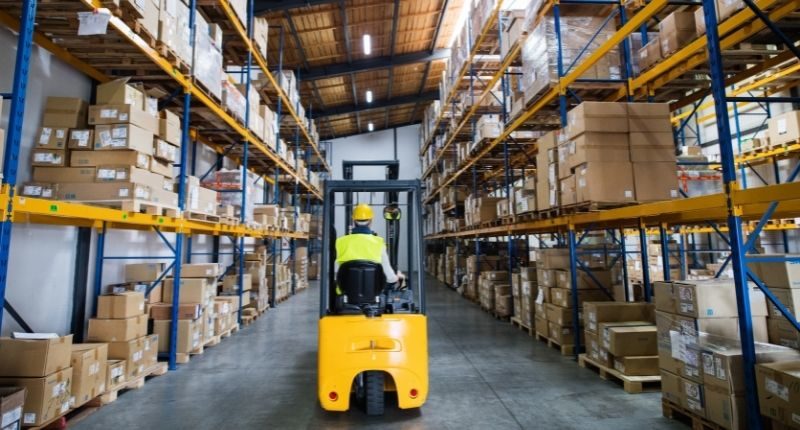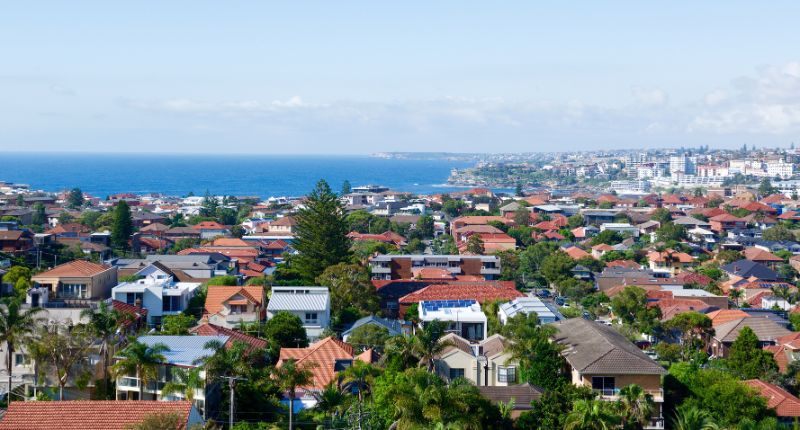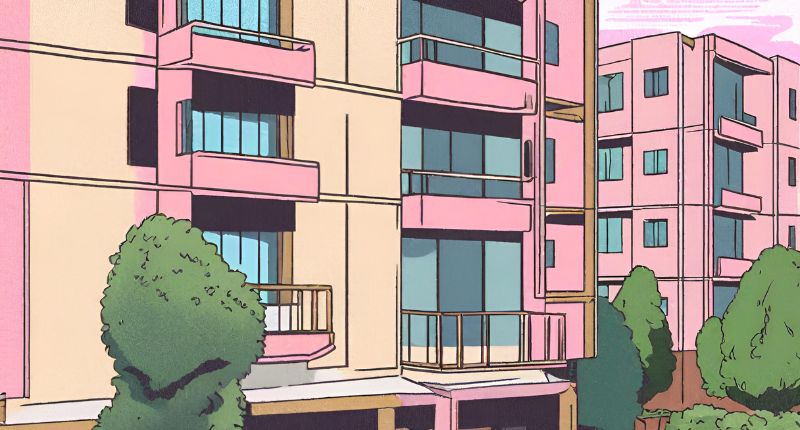- Over 2,500 industrial building approvals have passed in Victoria this year, totaling $2.716 billion
- Rise of e-commerce sector has driven strong demand for logistics and distribution facilities
- The modern age has urged occupiers to seek out industrial spaces with automation and robotic capabilities
Soaring demand for industrial buildings has seen approval numbers hit record levels in Victoria, according to real estate appraiser m3property.
In the 12 months ending October 2021, 2,596 new industrial buildings were approved in the state with a combined value of $2.716 billion, according to the Australian Bureau of Statistics (ABS).
Strong demand drives factory approvals up
m3property Victorian Industrial Director Matt Webb said the value of Victorian factory approvals has risen significantly.
Multiple industrial manufacturing facilities have been announced over the past year also, such as the Conymet Duratray International facility in Cranborne and the Toyota Hydrogen Centre in Altona.
“The Melbourne market is experiencing a surge in new supply completions that is expected to continue due to strong occupier demand,” said Mr Webb.
Mr Webb added that as of the end of November, the 2021 total volume of industrial sales had surpassed the 2020 total.
The state also saw several high value industrial sales throughout the year, including ESR’s $3.8 million acquisition of the Blackstone Milestone Logistics Portfolio.
“Demand for logistics and distribution facilities has been strong during the past several years and we are forecasting this trend to continue given growth in the e-commerce sector.”
Matt Webb, m3property Victorian Industrial Director
Mr Webb explained that Victoria has seen an unprecedented shortage of affordable stock, due to land supply shortages and institutional investor dominance.
“Markets such as Tullamarine have seen owner occupiers buy off market at very strong rates to a rush to obtain larger premises in tightly held markets. Some owner occupiers are proceeding with sale and leaseback transactions to free up capital and to take advantage of compressed market yield for assets with long lease terms.”
Automation capabilities sought-after
As of this month, data indicates that prime assets are selling at yields between 3.50% and 4.25%, while average prime yields have compressed by 80 basis points.
m3property Researcher Casey Robinson said increased demand has pushed land values higher while leasing demand has also risen.
“Major absorbers of space have been food manufacturers, transport / logistics operators and retail groups.
“Some operators have been shifting from ‘Just in Time’ to ‘Just in Case’ inventory strategies due to supply chain disturbances and this has been putting upward pressure on warehouse sizes,” explained Ms Robinson.
Spacious warehouse sizes are not the only box occupiers are looking to check, with desired industrial features changing in the modern age.
With technological advancements improving the ease of production processes, occupiers are prioritising the ability for automation when looking for an industrial space.
“Tenants are looking for buildings which enable efficiencies through the consolidation of activities and/or buildings that allow for automation of processes.”
Casey Robinson, m3property Researcher
“This has resulted in growing occupier demand for larger facilities that can accommodate automation and robotic technologies,” said Ms Robinson.

m3property data indicates that prime industrial rents in Melbourne’s fringe range between $150 and $300 per square metre.
Industrial space is much less valued in Melbourne’s east and south eastern precincts, costing between $80 and $110 per square metre.
As land values are predicted the increase in the near future, impacting developers’ purchase decisions, Mr Webb forecasts prime and secondary rents to rise in Melbourne’s east, south eastern and west precincts during the coming year.








